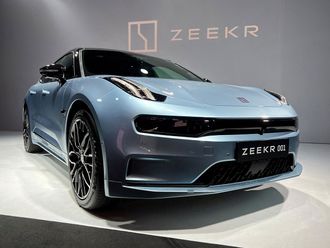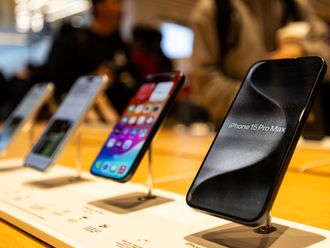Because of my work, I do travel frequently and I do make a point of paying a lot of attention to retail stores in every market I visit. I would naturally compare and contrast every element … keeping in mind my store, of course.
I’ve had different feelings towards stores almost in every market I visit. I found some of them appealing and welcoming while some others did not tempt me to enter or even stay long.
When I ponder on this, I find this impression is by large the result of the store design. By this I mean how every aspect of the physical store uses, from the windows in the front or sides and product adjacencies to in-store architecture and lighting and the final point-of-sale.
The design actually helps support the brand image and underpins a successful retail strategy. We as retailers predominantly rely on design to entice customers inside. While some retailers prefer a more subtle store design, others like to shock and inspire — it really depends on the type of business and — ultimately — the retailers’ personal taste.
Let’s talk a little on the window of a store, which can actually be used to sell if they are eye-catching and innovative. They are in fact the only one major marketing tool you do not have to pay for because they are part of the store’s architecture, apart from the initial set-up costs. So it’s worth making the most of them.
A window is a store’s first physical communication with consumers and needs special care to be highly effective in delivering the brand’s desired message. Fendi’s new vending machine window or Converse’s all-lace display are examples of attractive visual merchandising.
Some retailers substantially invest in training their people on how to professionally handle customers and retain them, which is good. But have you ever thought about investing in impressing potential customers by your store’s physical appearance?
Think about it … visual merchandising is probably one of the most important elements in retail. A well-dressed window display not only attracts shoppers, it also enforces the retail.
Once the mission of the store’s outward appearance is accomplished, it’s the turn of the in-store experience to reinforce the brand’s good impression. A theme should be established that begins at the windows and translates in-store.
Smart use of in-store space is crucial for a convenient customer experience, leading customers through the store in a logical manner, encouraging them to stop at designated points and, hopefully, make a purchase.
Setting up a store window
For instance, we at Emax, conduct research and studies on trends before setting up a store window simply to find out what consumers prefer, with an aim to create effective in-store visual merchandising. Our purpose is to guide customers conveniently through the store, category by category and product by product without getting confused or lost.
During my visits, I’ve personally come across a few brands that have excelled in their store designs while some others I’ve seen still need be more creative.
In addition to space, lighting is another integral component and a driver of a convenient in-store experience. It is quite interesting to know that lighting in a restaurant wouldn’t be the same as in a tech store, for instance.
Similarly, lighting for a watch house or jewellery is different from that of a fashion or sports store. Also, did you know that lighting has a direct influence on our mood, with 80 per cent of the sensory information that the brain receives coming from our eyes?
Moreover, lighting also tends to highlight architectural elements, product qualities and creates virtual spaces — impacting how we feel, what we think of a product, and ultimately the choice of whether to purchase it or not.
Hence, lights should be used strategically to boost the brand message and impression. Eventually, this would impact the store’s bottom-line. Strange, but simply true.
To conclude, store design should be able to tempt potential consumers to step into the store and experience it. All aspects of the physical store should come together coherently and strategically to tell the brand story and reinforce its message.
— The writer is the CEO of Emax.












